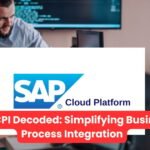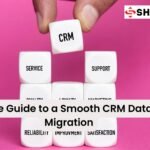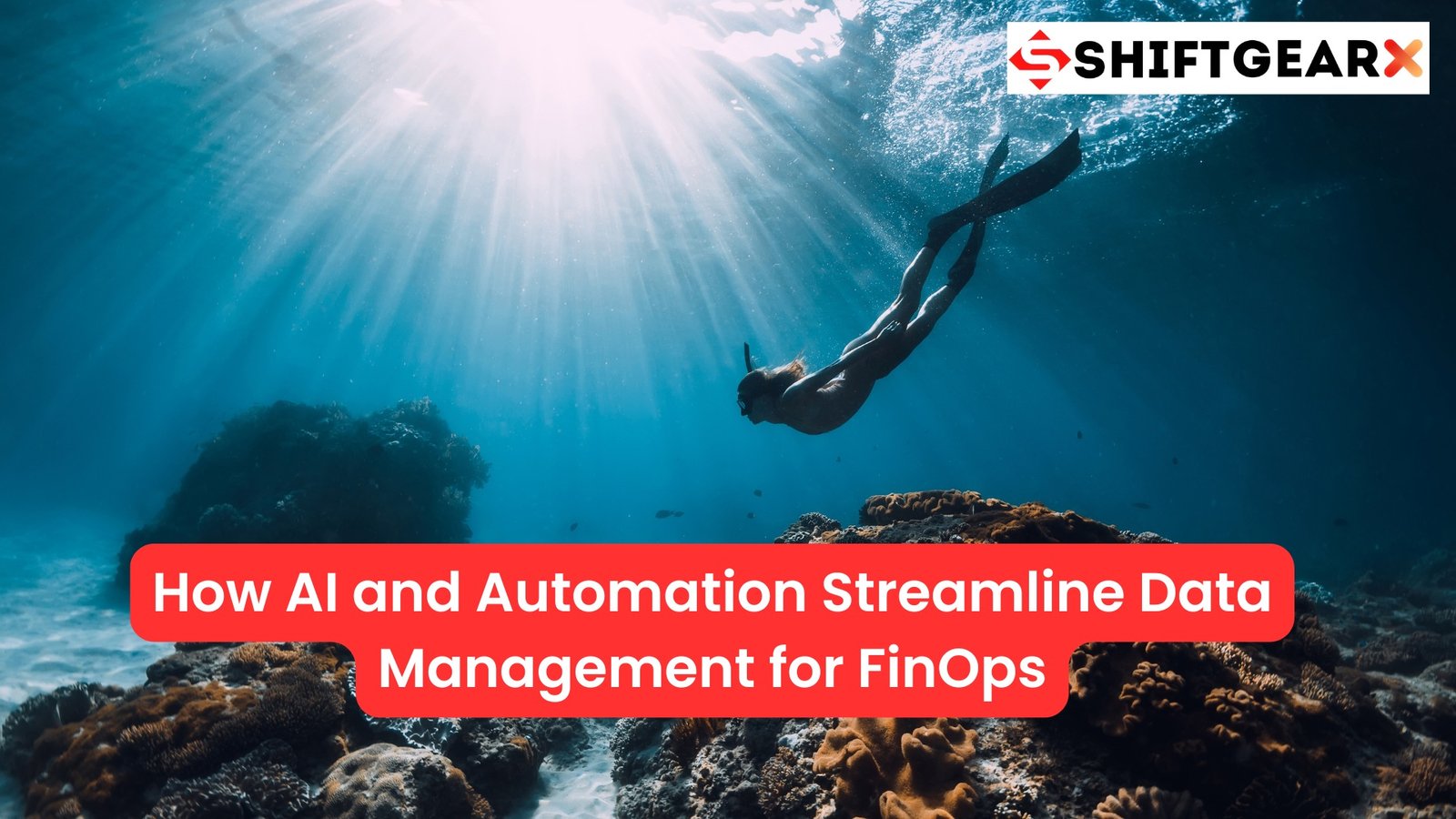In the ever-evolving landscape of enterprise technology, a paradigm shift is underway. While robust functionality has long been the holy grail of Enterprise Resource Planning (ERP) systems, a new champion has emerged – integration.
As businesses grapple with an increasingly complex web of applications and data sources, the ability to seamlessly connect and synchronize these disparate elements has become paramount. In this deep dive, we’ll explore why integration has become the new kingmaker in the world of ERP, and how it’s reshaping the way organizations approach their technology strategies.
The Integration Imperative
Gone are the days when a monolithic ERP system could single-handedly manage all aspects of a business. Today’s enterprises rely on a diverse ecosystem of specialized applications, each optimized for specific functions. This fragmentation, while offering best-of-breed capabilities, has created a pressing need for cohesion.
Enter ERP integration – the glue that binds these disparate systems into a unified, efficient whole. By enabling seamless data flow and process synchronization across the organization, integration has become the linchpin of modern enterprise architecture.
Breaking Down Silos
One of the most significant benefits of ERP integration is its ability to break down information silos. In many organizations, valuable data remains trapped within individual departments or applications, inaccessible to those who could benefit from it most. Integration shatters these barriers, creating a free flow of information that empowers decision-makers and streamlines operations.
For example, when a sales team closes a deal in their CRM system, that information can automatically flow into the ERP, triggering inventory updates, financial projections, and production schedules. This real-time synchronization ensures that all departments are working from the same playbook, reducing errors and improving overall efficiency.
Enhancing Visibility and Decision-Making
With integration, the dream of a true “single source of truth” becomes a reality. By consolidating data from multiple sources into a unified view, ERP integration provides unprecedented visibility into business operations. This holistic perspective enables more informed decision-making at all levels of the organization.
Imagine a CEO being able to access a real-time dashboard that combines financial data, production metrics, customer satisfaction scores, and market trends – all updated automatically from various integrated systems. This level of insight was once the stuff of science fiction, but integration has made it an achievable reality.
The Shift from Functionality to Integration
While functionality remains important, the focus has shifted dramatically towards integration capabilities when evaluating ERP solutions. This change is driven by several factors:
The Rise of Best-of-Breed Solutions
As specialized applications have proliferated, many organizations have moved away from the “one-size-fits-all” approach of traditional ERP systems. Instead, they’re opting for best-of-breed solutions that excel in specific areas. This strategy allows companies to leverage cutting-edge functionality in each domain, but it also necessitates robust integration to create a cohesive whole.
The Need for Agility
In today’s fast-paced business environment, agility is key. Organizations need the flexibility to quickly adopt new technologies and adapt to changing market conditions. A well-integrated ERP ecosystem provides this agility, allowing new components to be seamlessly plugged in or swapped out as needed.
The Data Imperative
Data has become the lifeblood of modern business, and the ability to harness it effectively can make or break a company. Integration is essential for unlocking the full potential of an organization’s data assets, enabling advanced analytics, machine learning, and AI-driven insights that can drive competitive advantage.
Integration Strategies: Choosing the Right Approach
As the importance of integration has grown, so too have the options for implementing it. Organizations must carefully consider their integration strategy to ensure it aligns with their business goals and technical capabilities.
API-First Integration
An API-first approach has emerged as a popular strategy for ERP integration. By exposing key functionality and data through well-defined APIs, organizations can create a flexible, scalable integration framework. This approach allows for easier connections with both internal and external systems and facilitates the development of new applications and services on top of the ERP foundation.
iPaaS Solutions
Integration Platform as a Service (iPaaS) solutions have gained traction as a way to simplify and accelerate ERP integration. These cloud-based platforms provide pre-built connectors and tools for mapping data flows between systems. iPaaS can significantly reduce the time and complexity involved in integration projects, making it an attractive option for organizations looking to quickly achieve results.
Custom Integration Development
For organizations with unique requirements or legacy systems, custom integration development may be necessary. While this approach requires more upfront investment, it allows for tailored solutions that precisely meet the organization’s needs. Custom integrations can be particularly valuable when dealing with proprietary or highly specialized systems that lack off-the-shelf integration options.
Overcoming Integration Challenges
While the benefits of ERP integration are clear, the path to achieving it is not without obstacles. Organizations must be prepared to address several common challenges:
Data Quality and Consistency
When integrating multiple systems, data quality and consistency become critical concerns. Inconsistent data formats, duplicate records, and conflicting information can wreak havoc on integrated systems. Implementing robust data governance practices and investing in data cleansing and normalization tools are essential steps in ensuring successful integration.
Security and Compliance
As data flows more freely between systems, security and compliance risks increase. Organizations must implement strong security measures to protect sensitive information as it moves between applications. This may include encryption, access controls, and audit trails. Additionally, compliance with regulations such as GDPR and CCPA must be carefully considered in the integration design.
Change Management
Integration projects often require significant changes to established business processes and workflows. Effective change management is crucial for ensuring user adoption and realizing the full benefits of integration. This includes clear communication, comprehensive training, and ongoing support for users as they adapt to the new integrated environment.
The Future of ERP Integration
As we look to the future, several trends are shaping the evolution of ERP integration:
AI-Driven Integration
Artificial intelligence and machine learning are beginning to play a larger role in ERP integration. AI-powered tools can automate mapping between systems, identify patterns in data flows, and even predict and prevent integration issues before they occur. This intelligence promises to make integration faster, more reliable, and more adaptive to changing business needs.
Edge Computing and IoT Integration
The rise of edge computing and the Internet of Things (IoT) is expanding the scope of ERP integration. Organizations are now looking to integrate data from sensors, smart devices, and remote locations into their ERP systems. This real-time integration of operational data opens up new possibilities for optimization and predictive maintenance.
Blockchain for Secure Integration
Blockchain technology is emerging as a potential solution for secure, transparent integration between organizations. By providing a shared, immutable ledger, blockchain can facilitate trusted data exchange and process integration across organizational boundaries. This could revolutionize supply chain management, financial transactions, and other inter-company processes.
Case Studies: Integration in Action
To illustrate the transformative power of ERP integration, let’s examine a few real-world examples:
Global Manufacturing Company Streamlines Operations
A large manufacturing company with operations across multiple countries struggled with disconnected systems and inconsistent data. By implementing an integrated ERP solution that connected their production, supply chain, and financial systems, they achieved:
- A 30% reduction in inventory carrying costs
- 25% faster order-to-cash cycle times
- Improved forecast accuracy, leading to better production planning
The integration allowed them to optimize their global operations and respond more quickly to market changes.
Retailer Enhances Customer Experience
A multi-channel retailer integrated their e-commerce platform, in-store point-of-sale systems, and ERP to create a unified view of inventory and customer data. This integration enabled:
- Real-time inventory visibility across all channels
- Personalized customer experiences based on comprehensive purchase history
- Seamless omnichannel fulfillment options
The result was a significant increase in customer satisfaction and a 15% boost in sales.
Healthcare Provider Improves Patient Care
A large healthcare network integrated their ERP system with electronic health records (EHR) and various medical devices. This integration:
- Reduced administrative workload for medical staff
- Improved accuracy of patient billing
- Enabled real-time monitoring and analysis of medical supply usage
The integrated system not only improved operational efficiency but also contributed to better patient outcomes by ensuring the right resources were available when needed.
Conclusion: The Integration Imperative
As we’ve explored throughout this article, integration has become the cornerstone of successful ERP implementations. While robust functionality remains important, the ability to seamlessly connect and synchronize diverse systems has emerged as the true differentiator in today’s complex business landscape.
Organizations that prioritize integration in their ERP strategy position themselves to:
- Break down information silos and improve collaboration
- Enhance visibility and decision-making capabilities
- Adapt quickly to changing business needs
- Unlock the full potential of their data assets
- Drive innovation and competitive advantage
The shift from functionality to integration represents a fundamental change in how we approach enterprise technology. It’s no longer enough to have powerful individual components – the magic happens when these pieces work together in harmony.
As you evaluate your own ERP strategy, consider how integration can transform your operations and drive your business forward. The future belongs to those who can effectively harness the power of connected systems, turning the complexity of modern IT landscapes into a strategic advantage.
In Summary
Remember, in the world of enterprise ERP, integration now reigns supreme. Those who master it will be well-positioned to thrive in an increasingly interconnected business world. 
Don’t forget to subscribe to Shift Gear X for more articles. Need expert advice or consulting? Be sure to visit Shift Gear.
Check this also – Measuring Customer Satisfaction: A Comprehensive Guide – Tech News Before It’s News | Shift GearX
You will also love – AI and Marketing: Shaping the Future – Tech News Before It’s News | Shift GearX













